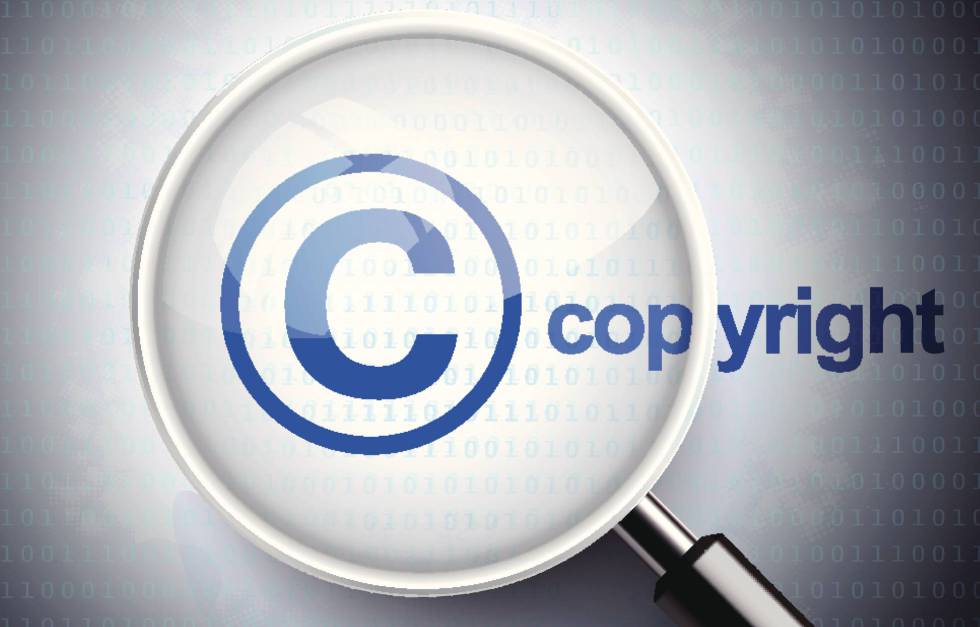Living Trust Key Terms
- Trust:
- A Financial structure that contains money and assets
- Must be managed by trustees according to founding documents and terms
- Revocable vs Irrevocable:
- Revocable – Trust whose assets and terms can be managed and changed
- Irrevocable – Trust whose assets and terms are permanent after creation
- Trust Grantor, Trust Settler:
- The person who establishes the trust
- Default beneficiary of the trust
- Trustee:
- The person who controls the trust according to founding documents and terms
Living trusts are an important tool to being prepared for the future. A Trust is a legal vehicle that allows for different options for managing assets. It is a fiduciary arrangement where assets are held for one party (the beneficiary) and managed by a different party (the trustee).
The main benefit of a Living Trust is its flexibility. Living Trusts can be arranged in many different ways, can hold different types of assets, and can come with different types of conditions. For example, the creator of a Trust can designate the age at which the beneficiary will receive all the assets in the Living Trust. Until that age, access to the assets will be managed by the trustee.
The benefits of a Living Trust include:
- The articles of Living Trust helps avoid Probate. This means any asset in a Trust is likely to be accessible by the Successor trustee or beneficiary more quickly than if the same assets were transferred using a Will. Avoiding probate also means savings in court fees and added privacy, as probate is a matter of public record.
- Living Trusts allow you to plan for the future of your assets while still giving you control during your lifetime. A Revocable Trust allows the owner of the assets to continue to access them during their lifetime while also specifically designating who, and under what circumstances, may receive the assets after the owner’s death.
While one of the main benefits of a Living Trust is its flexibility, this also means it presents a number of important questions and considerations while being created. Contact us now for assistance with establishing your Living Trust.
In our LT you will receive the Articles of Trust, Pour Over Will, and 2 Powers of Attorney – one for health and one for finance.
The Importance of a Revocable Trust
When building a living trust, it’s vital to remember that it must be revocable to continue to be managed by you or others outside of the founding documents. An irrevocable trust cannot be changed or altered after it is made. These are useful for all sorts of predetermined asset distribution styles, like setting aside college money or a wedding fund for your children or ensuring continued donations to a specific charity.
However, most people look for living trusts in estate planning and asset management to be revocable. A revocable trust is more like a financial storage container, where you are able to place new assets, retrieve stored assets, and “change the locks” whenever the need arises during your lifetime. At the same time, a revocable living trust can be managed by you or any appointed trustee according to the terms established to govern the trust.
By default, you should look for a revocable living trust. Irrevocable living trusts are chosen only when the circumstances are intended to create a permanent asset management or distribution structure.
Ways to Use a Living Trust
Estate Planning
Living trusts are most often used in estate planning as a way to more smoothly direct the transference of property after the grantor’s death. Personal assets put into a living trust are not part of the will and are not subject to probate. For example, a home placed into a trust, with a surviving spouse set as the trustee, will pass smoothly into the ownership of that spouse without having to wait months for probate to allow them to legally and financially take over expenses.
A living trust can be used much like a will to hold personal items and then distribute them according to set terms. You can use a living trust to send family heirlooms to relatives, to distribute your financial assets fairly after death, and even to support causes and organizations once the grantor passes on.
Asset Management
Living trusts are also useful for legal asset management. Some assets may be too large to comfortably own personally, and some assets may be so important that they warrant a separate financial management strategy. Artwork and real estate are among the two most commonly protected assets through living trusts. A living trust allows the assets to become financially separate from the grantor and to be given their own set of rules for management, upkeep, and ownership.
Family Future Plans
Finally, living trusts are often used to help wealthy patriarchs and matriarchs plan for a family future. A trust may be part of your child-rearing policy or granting your offspring trusteeship of some assets may be a way to prepare them for future success. A trust can be used to put away assets for a child’s future, provide a rainy-day fund for future family emergencies, and hold important family keepsakes until the rightful inheritors are ready.
*Sources
Living Trust by Will Kenton for Investopedia
9 Reasons Why You Should Consider A Living Trust by Christine Fletcher for Forbes










